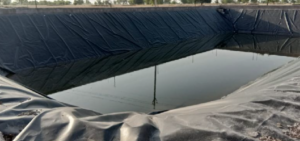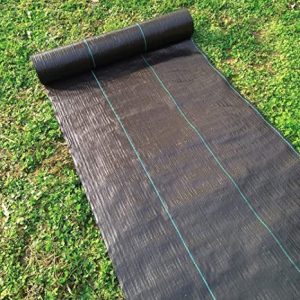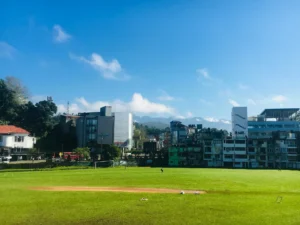How to Choose the Right Pond Liner Material?
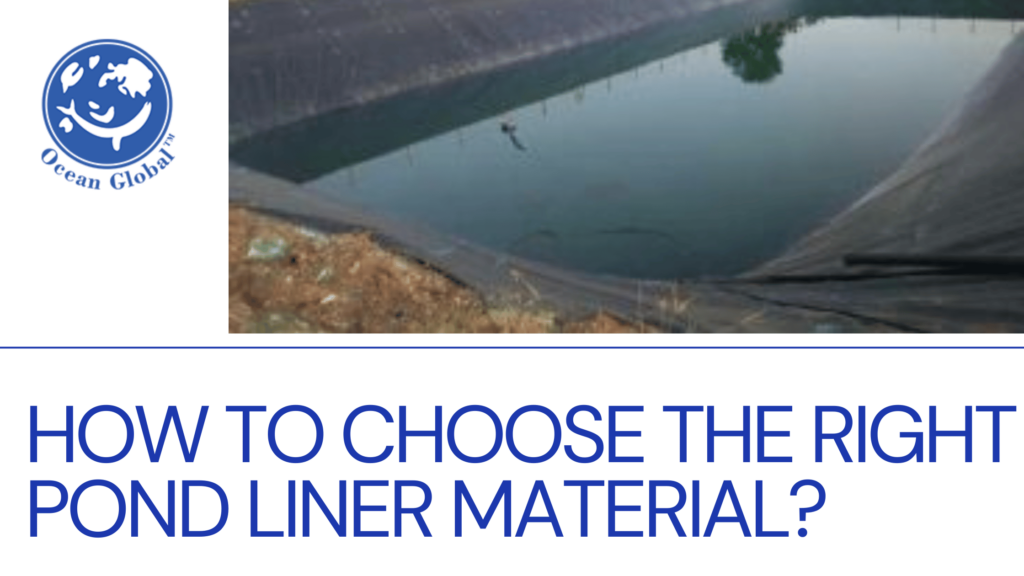
Every pond liner’s principal job is to hold your pond’s water. Howbeit, manufacturers make flexible liners that are often called “geomembranes” by engineers and with a wide variety of materials, each of which has advantages and disadvantages depending on a pond’s setup. Your liner requires you to stay stable in the hottest and coldest temperatures your area is assumable to experience, and it shouldn’t bug, puncture, or tear in virtue of objects or irregularities in the ground underneath. In case your liner is exposed, it must stand up to UV rays and rough weather.
Table of Contents
Pond Liners installation
Pond liners are huge, foldable sheets created of either plastic or synthetic rubber. Based on the material, some companies can custom manufacture liners for sole ponds in-factory. In other circumstances, you’ll hire professionals to form a complete pond liner by combining multiple sheets in the field using methods like welding/ taping.
The material you choose should balance these features in the way that works best for your pond. Your liner should be flexible much to mold to conform to the contours of your pond, but not liable to stretch to the point of distortion.
Detailed Pond Liner Material Comparison
1. HDPE (high-density polyethylene)
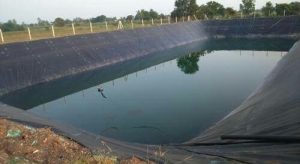
In case you’re looking to line a large pond or lake, you’ll have to consider models made with HDPE plastic. It has very good UV resistance and functions well in cold temperatures. It’s as well strong, meaning that it’s not vulnerable to sudden length-wise tears. HDPE’s most desirable trait, though, might be its superior resistance to a vast range of chemicals. This combined with its relatively cheap price to be joined using welding has historically made HDPE one of the most popular Geomembrane types worldwide.
2. LLDPE (low-density polyethylene)
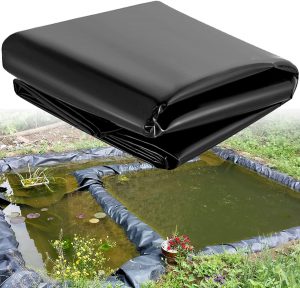
Mentioned that they’re made from the same plastic, it’s no surprise that linear low-density polyethylene (LLDPE) and HDPE liners have manifold things in common. These liner types share the same fairly cheap price, and both have to be gathered from multiple sheets in the field by professionals, rather than custom-manufactured in the factory. Similar to HDPE, LLDPE is associated, nontoxic to fish, and acts well in typical pond waters temperatures, though it’s also typically used in liners that are intended to contain water contaminated with waste/hazardous chemicals.
LLDPE has one major advantage against HDPE, though because LLDPE liners aren’t as dense as their HDPE cousins, they’re softer like a feather, much more flexible, and much more pliable. This makes LLDPE liners much simpler to install and mold around corners and tight nooks.
3. RPE (reinforced polyethylene)
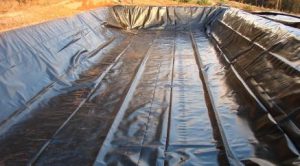
Reinforced polyethylene (RPE) offers almost all of the same benefits as HDPE and LLDPE without any of their flaws. Because RPE is fortified, it’s one of the most durable liner materials you can purchase; it’s absolutely stronger and more puncture resistant than each of two LLDPE or HDPE, even though all three are created from the same plastic. RPE liners are also much flatter than HDPE, LLDPE, and liners from other materials such as PVC and EPDM. Include the fact that RPE liners can weigh up to two-thirds less than other geomembranes, and it’s simple to see why they’re easier and cost-effective to ship and install in greater pieces.
Similar to HDPE and LLDPE liners, RPE geomembranes are weld able, fish safe, and quite resistant to chemicals and UV rays. RPE liners are more rigid than pond liner materials like LLDPE, but they should still fold adequately nearly most corners of your pond.
4. FPP (flexible polypropylene)
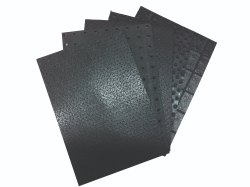
In case your pond liner priorities are physical strength, then flexible polypropylene (FPP) is worth considering. As the name recommends, FPP liners are very innately flexible without the requirement for additives like plasticizers. As an outcome, they can be easily contoured and formed to fit your pond’s tightest corners. FPP geomembranes can as well conform tightly to even extremely irregular surfaces, providing them good gripping power against pond slopes and rough terrain.
5. PVC (polyvinyl chloride)
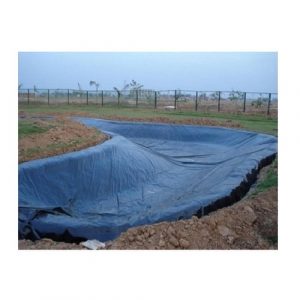
Many individuals associate polyvinyl chloride (PVC) with pipes and plumbing, but it’s as well one of the oldest and most famed pond liner materials. Two of PVC’s greatest selling points are its very economical price and its exceptional flexibility. Similar to FPP geomembranes, PVC liners can conform adequately to tight corners and can fit firmly over coarse surfaces with little or no difficulty.
Conclusion
No pond liner material is superlative, but all of the varieties listed here have advantages that could make them worthy additions to a variety of fish ponds, water gardens, rivers, and lakes. When you’re contrasting liner materials from different manufacturers, though, remember that they’ll more than likely minimize those materials’ flaws, emphasizing just the benefits. Hopefully, this blog will help you shop smart and allow you to more accurately opt for the correct pond liner material for your individual needs and circumstances!

